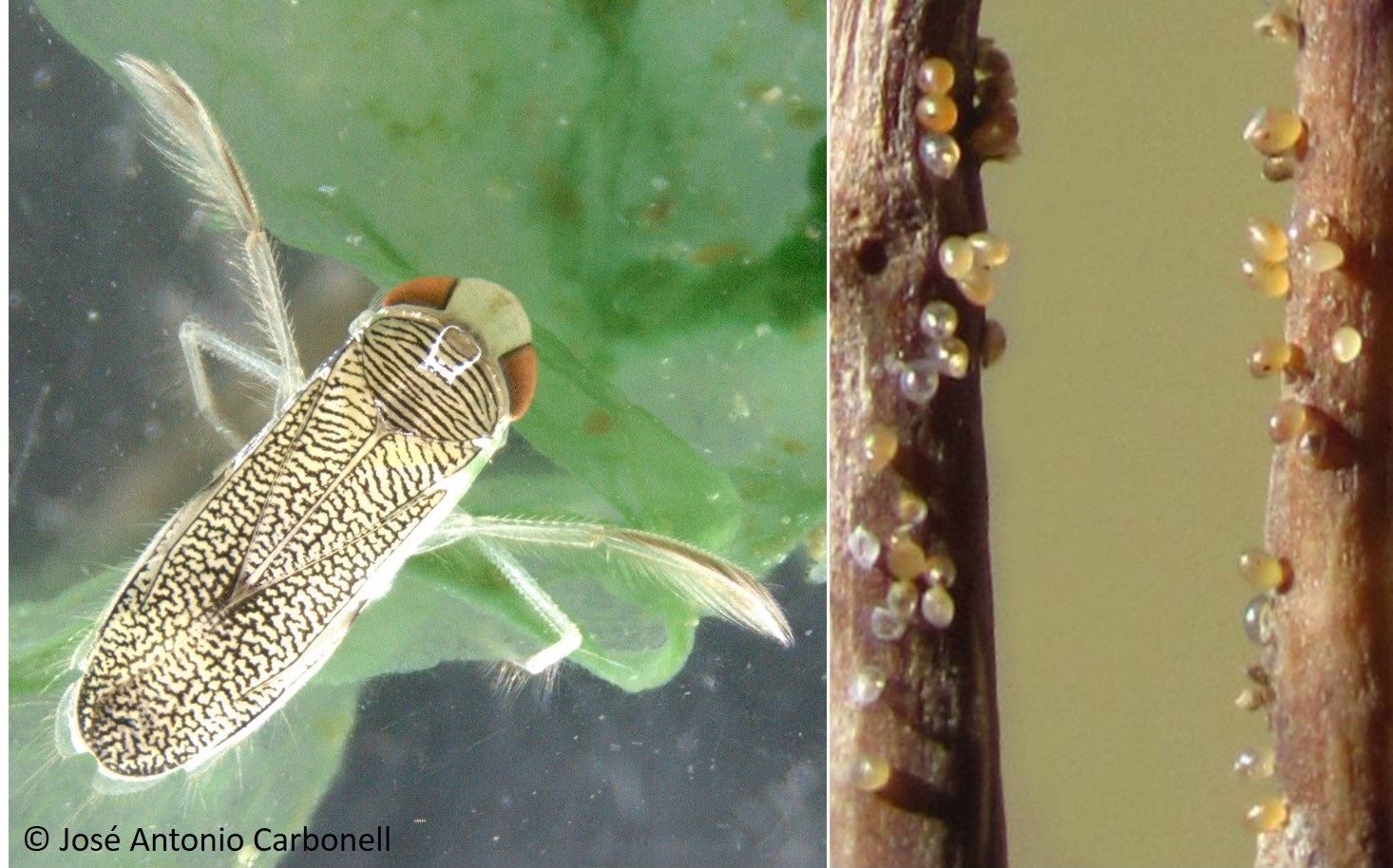Desiccation resistance is a key trait determining the distribution of aquatic insects, their potential for overland dispersal, and survival during drought periods in temporary waterbodies, as well as the spread of invasive species. Passive dispersal by waterbirds can favour the spread of invasive species and is more likely to occur for insects with eggs resistant to desiccation or gut passage. This study investigated the hypothesis that the eggs of the alien boatman Trichocorixa verticalis verticalis are resistant to desiccation and digestion. Experiments were conducted to test for egg resistance to desiccation in still air and under moving air conditions, to simulate bird flight. Oviposition on greater flamingo legs and wetland plants was tested in the laboratory and in the field. Resistance of eggs to simulated gut passage was studied, as was the viability of eggs recovered from Eurasian coot droppings in the field. Only a fraction of eggs hatched after 8 hr of exposure to still air at 15°C (4% of exposed eggs), and after 2 hr exposure to air flow conditions at 20°C (8%). Oviposition on flamingo legs was confirmed in the laboratory but not in the field. However, oviposition rates were higher on plant stems than on flamingo legs. Digestion simulations showed very low resistance to chemical treatment and no resistance to scarification, and eggs recovered from coot droppings (only 3 out of 86 were apparently intact) did not hatch. The results suggest the dispersal of eggs on legs of flamingos or other waterbirds may occur as rare events. This epizoochory of eggs could potentially contribute to the expansion and gene flow of T. v. verticalis around the Mediterranean region. Carbonell, et al (2020) Is the spread of the alien water boatman Trichocorixa verticalis (Hemiptera, Corixidae) aided by zoochory and drought resistant eggs? Freshwater Biology. http://dx.doi.org/10.1111/fwb.13647
https://onlinelibrary.wiley.com/doi/10.1111/fwb.13647








 Las altas temperaturas están provocando que las lagunas y las marismas de Doñana pierdan agua rápidamente
Las altas temperaturas están provocando que las lagunas y las marismas de Doñana pierdan agua rápidamente



